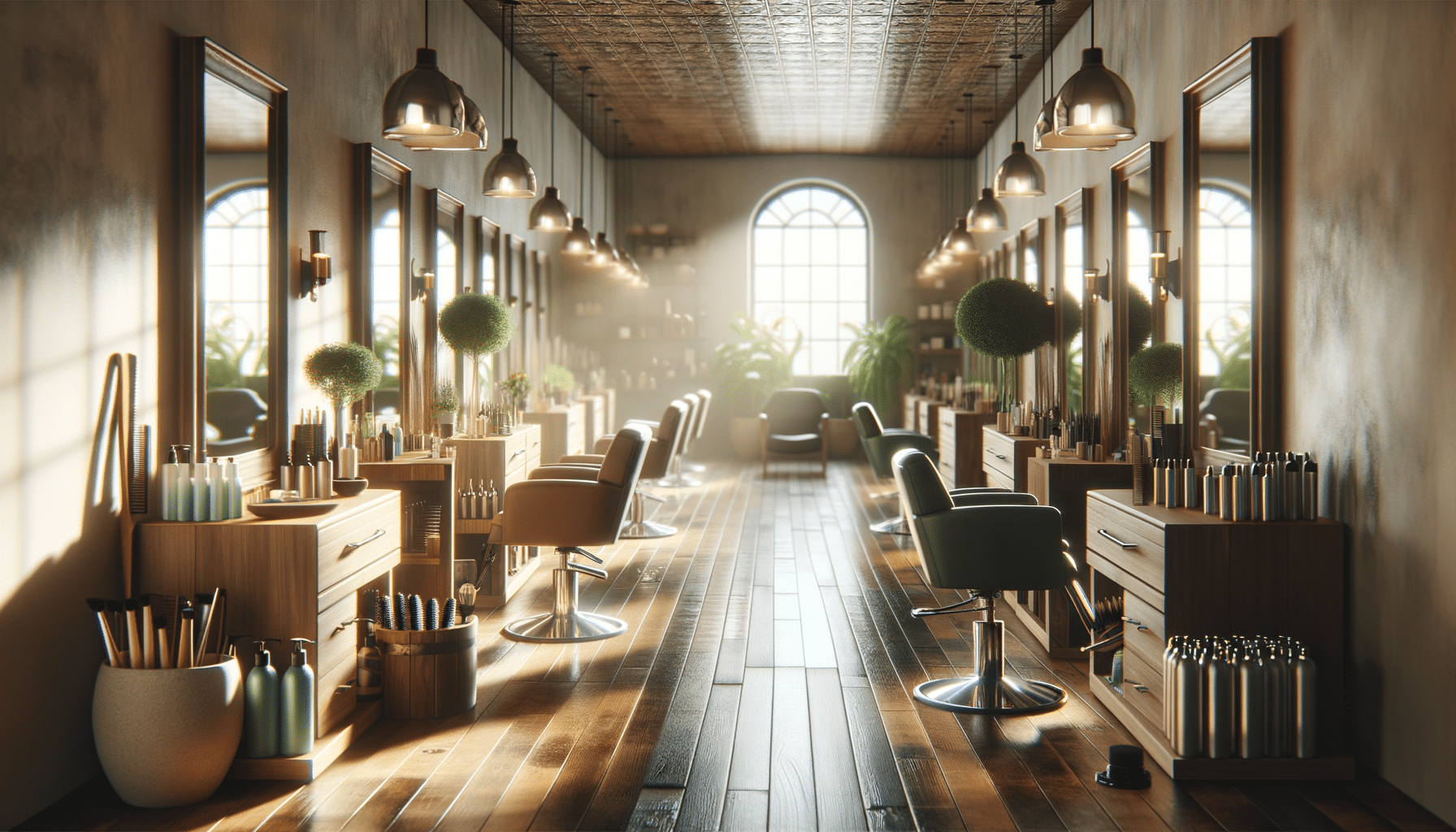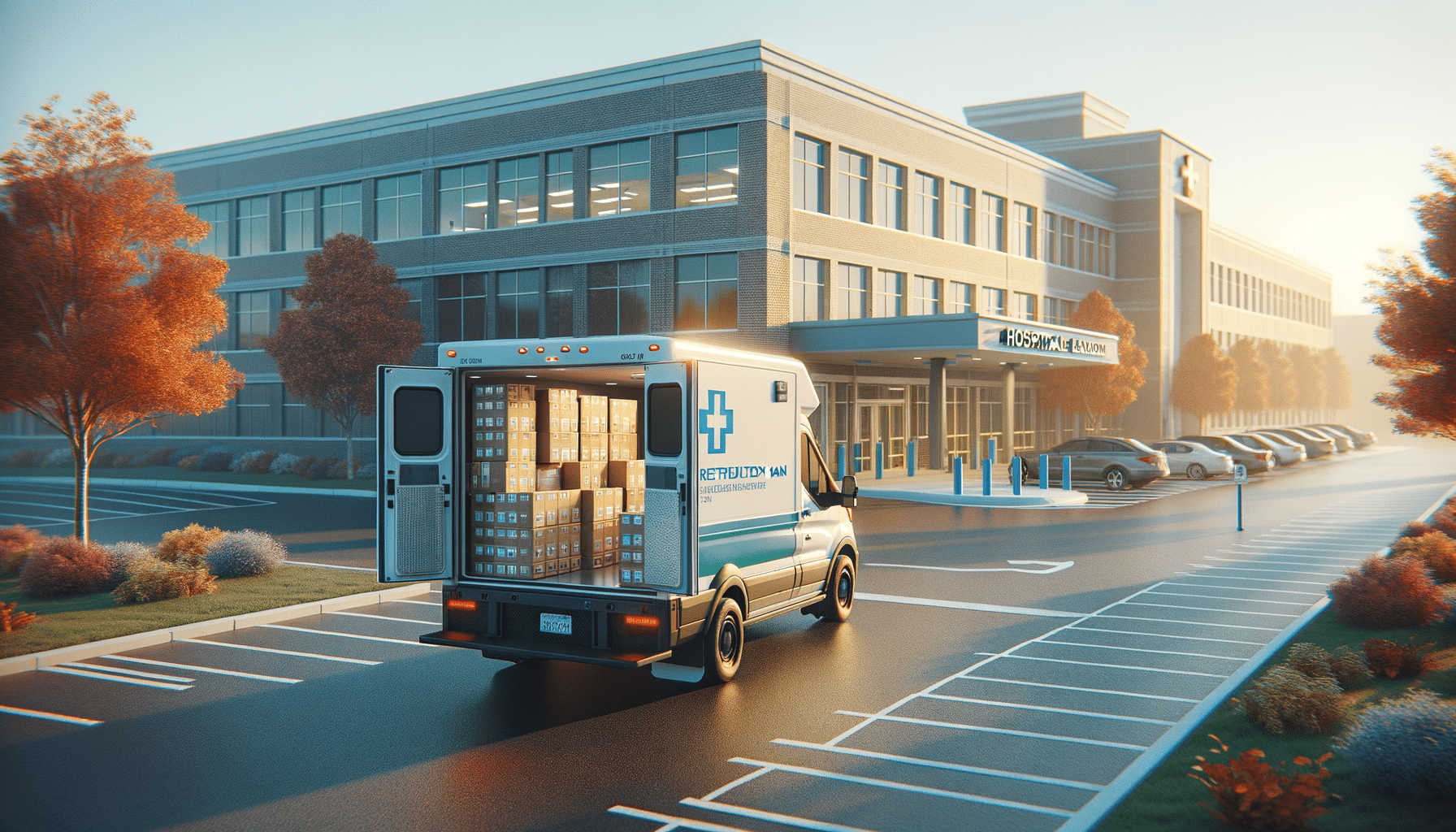
Exploring the Versatile Applications of Quonset Style Metal Structures
Introduction to Quonset Style Metal Structures
Quonset style metal structures have long been celebrated for their versatility, durability, and cost-effectiveness. Originally developed during World War II, these structures have evolved from their military roots to become popular choices in a variety of civilian applications. Their distinctive semi-circular shape is not only aesthetically pleasing but also highly functional, providing a robust framework that can withstand diverse environmental conditions. This article delves into the various aspects of Quonset huts, exploring their design, applications, and the benefits they offer to different sectors.
Design and Construction Features
The design of Quonset style metal structures is characterized by their unique arch shape, which is instrumental in their structural integrity. The semi-circular form allows for an even distribution of stress across the surface, making these structures exceptionally resilient to wind and snow loads. Constructed primarily from galvanized steel, Quonset huts are known for their longevity and minimal maintenance requirements. The assembly of these structures is straightforward, often requiring only a basic set of tools, which makes them accessible to a wide range of users. The modular nature of Quonset buildings also allows for easy expansion or modification, catering to the evolving needs of their owners.
Applications Across Industries
Quonset style metal structures are utilized in a variety of industries, thanks to their adaptability and strength. In agriculture, they serve as barns, storage facilities, and even livestock shelters, protecting valuable assets from the elements. The commercial sector employs these structures for warehouses, retail spaces, and even office buildings due to their cost efficiency and quick construction time. Additionally, Quonset huts find applications in the residential sector, often being transformed into unique living spaces that offer both functionality and charm. Their versatility extends to recreational and educational uses, providing community centers, classrooms, and gymnasiums.
Environmental and Economic Benefits
One of the standout advantages of Quonset style metal structures is their environmental sustainability. The use of steel, a recyclable material, reduces the ecological footprint of these buildings. Moreover, their energy efficiency is enhanced by the natural insulation properties of their shape, which helps maintain a stable internal temperature. Economically, Quonset huts offer significant savings in terms of construction costs and long-term maintenance. Their durability ensures a long lifespan, minimizing the need for repairs or replacements. These factors collectively make Quonset structures a financially sound choice for many businesses and individuals.
Conclusion: The Future of Quonset Style Metal Structures
As we look to the future, the demand for adaptable, sustainable, and cost-effective building solutions continues to rise. Quonset style metal structures are well-positioned to meet these needs, offering unmatched versatility and durability. Whether used in agriculture, commerce, or residential settings, these structures provide practical and innovative solutions that are sure to remain relevant in the years to come. Their ability to blend functionality with aesthetic appeal makes them a preferred choice for those seeking reliable and environmentally conscious building options.


